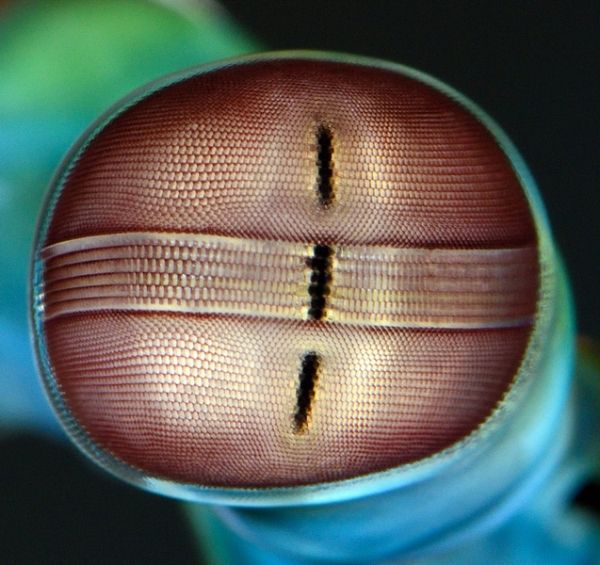A study involving scientists at the University of Arizona and the University of Queensland provides new insight into how the small brains of mantis shrimp – fierce predators with keen vision that are among the fastest strikers in the animal kingdom – are able to make sense of a breathtaking amount of visual input.
The researchers examined the neuronal organization of mantis shrimp, which are among the top predatory animals of coral reefs and other shallow warm water environments.
The research team discovered a region of the mantis shrimp brain they called the reniform ("kidney-shaped") body. The discovery sheds new light on how the crustaceans may process and integrate visual information with other sensory input.
Mantis shrimp sport the most complex visual system of any living animal. They are unique in that they have a pair of eyes that move independently of each other, each with stereoscopic vision and possessing a band of photoreceptors that can distinguish up to 12 different wavelengths as well as linear and circular polarized light. Humans, by comparison, can only perceive three wavelengths – red, green and blue.
Read more at University of Arizona
Photo: A close-up of the unique architecture of the mantis shrimp eye. (Credit: Roy L. Caldwell/University of California, Berkeley)


